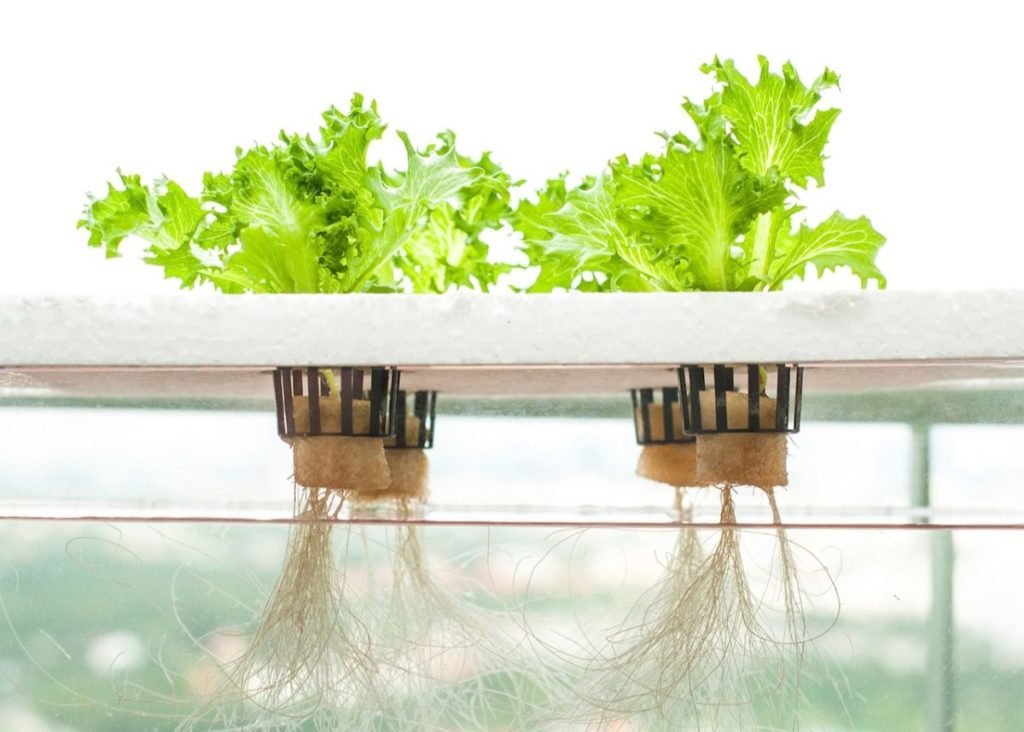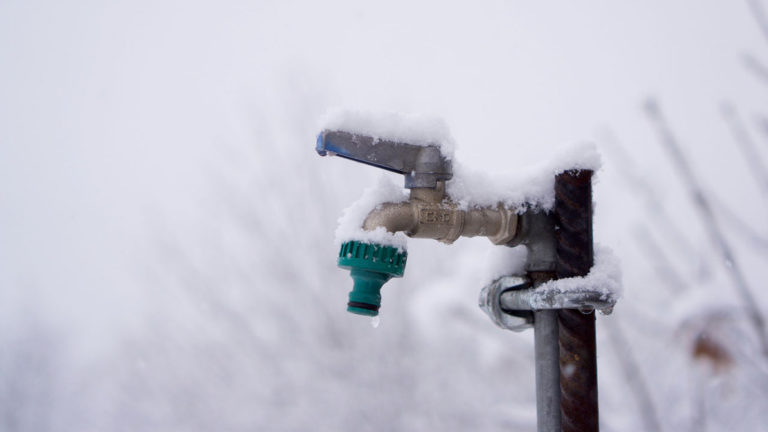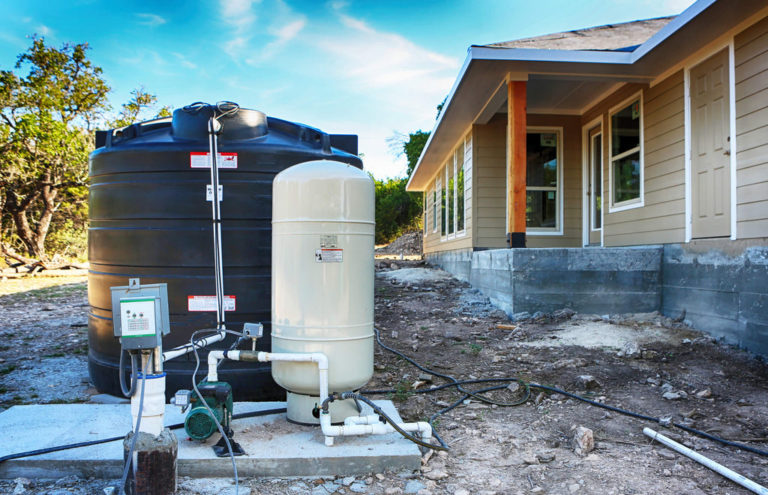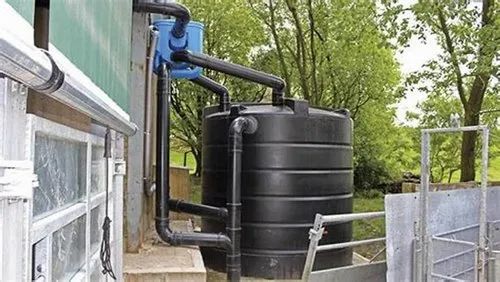Hydroponics is a revolutionary method of growing plants without soil, using nutrient-rich solutions to provide essential minerals and oxygen directly to plant roots.
By suspending plants in this controlled environment, hydroponic gardening offers numerous benefits over traditional soil-based farming methods, including increased crop yields, reduced water consumption, and improved food safety.
We’ll dive into the science behind how plants thrive without soil and explore the cutting-edge techniques used in modern hydroponics systems.
From algae to strawberries, discover the magic of hydroponic gardening and how it can transform your kitchen gardens or commercial operations forever!
Nutrient absorption
Hydroponic systems supply nutrients directly to the roots of the plants, allowing for precise control over the nutrient levels and precise absorption by the plants. This can lead to more efficient nutrient use and healthier plants.
This means that the nutrients are delivered exactly where they are needed, allowing for precise control over the nutrient levels and precise absorption by the plants.
By supplying nutrients directly to the roots, hydroponic systems can minimize waste and optimize the use of nutrients, resulting in healthier and more efficient plant growth.
In traditional soil-based growing, nutrients are applied to the soil and can be lost through leaching or runoff, leaving the plants to compete for a limited supply.
This can lead to inefficient nutrient use and a lower yield.
In contrast, hydroponic systems deliver nutrients directly to the roots of the plants, ensuring that they are available exactly when they are needed.
This precise control over nutrient levels can lead to healthier plants with higher yields.
Hydroponic systems can be designed to optimize the nutrient solution, tailoring it to the specific needs of each crop.
This results in a more efficient use of nutrients and a healthier, more productive grow.
Overall, the direct supply of nutrients to the roots of the plants in hydroponic systems offers a significant advantage over traditional soil-based growing methods.
Water conservation
Hydroponic gardening uses significantly less water than traditional soil-based gardening, as the water is recirculated and reused. This can be especially beneficial in areas with limited water resources.
Hydroponic gardening is an intelligent and water-efficient way to cultivate crops, especially in regions with limited water resources.
Unlike traditional soil-based gardening, hydroponics uses significantly less water due to the closed-loop system that recirculates and reuses water.
This technology enables growers to maximize the use of every drop of water, minimizing waste and conserving this precious resource.
In addition, hydroponic systems can be designed to use rainwater, greywater, or even wastewater, further reducing the demand on potable water sources.
By embracing hydroponic gardening, communities can not only enjoy a reliable and consistent supply of fresh produce but also help protect their local water resources for future generations.
Oxygenation
Hydroponic systems can provide more oxygen to the roots of the plants, as the water is constantly circulating and exposing the roots to fresh oxygen. This can lead to healthier, more vigorous plant growth.
Hydroponic systems are designed to provide plants with a continuous supply of oxygen-rich water, which can lead to healthier and more vigorous plant growth.
Unlike traditional soil-based gardening methods, hydroponic systems do not rely on soil to support plant growth.
Instead, the plants are grown in a nutrient-rich solution that is constantly circulated, ensuring that the roots are constantly exposed to fresh oxygen.
This increased oxygenation of the roots can lead to a number of benefits, including improved root growth, increased leaf growth, and enhanced fruit and flower production.
Because hydroponic systems do not require soil, they can be used to grow plants in areas with poor soil quality or limited land availability.
Overall, the consistent supply of oxygen in hydroponic systems can lead to healthier, more vigorous plant growth, making it an ideal choice for gardeners and farmers looking to optimize their plant growth.
Controlled environment
Hydroponic gardening allows for precise control over the growing environment, including temperature, humidity, and light levels. This can lead to more consistent and predictable plant growth.
With hydroponic gardening, you have the power to finely tune the growing environment to your plants’ exact needs.
By precisely controlling temperature, humidity, and light levels, you can create an ideal environment for your plants to thrive.
This means you can expect more consistent and predictable growth, as well as increased yields and better overall health.
For instance, by adjusting the temperature and humidity levels, you can encourage your plants to grow at their optimal rate, regardless of external factors like weather or season.
You can use LED grow lights to provide your plants with the exact amount of light they need, no matter the time of day.
This precise control over the growing environment allows you to fine-tune your hydroponic system for maximum results.
Furthermore, hydroponic gardening allows you to monitor and adjust these parameters in real-time, so you can quickly respond to any changes in your plants’ needs.
This can save you time and resources compared to traditional soil-based gardening, where environmental factors can be less predictable and more difficult to control.
By embracing the control and predictability of hydroponic gardening, you can unlock the full potential of your plants and enjoy consistent, high-quality yields.
Improved yields
Hydroponic gardening can lead to increased yields compared to traditional soil-based gardening, due to the controlled environment and precise nutrient management.
Hydroponic gardening offers a superior method of growing crops, resulting in increased yields compared to traditional soil-based gardening.
The controlled environment and precise nutrient management in hydroponics allow for optimal growing conditions, maximizing crop potential.
With hydroponics, plants receive a consistent and balanced supply of nutrients, eliminating the variability in nutrient availability found in soil-based gardening.
This control over nutrient delivery also enables growers to fine-tune their cultivation techniques, adjusting for optimal growing conditions and maximizing yield.
Hydroponic gardening can be practiced in challenging environmental conditions, such as dry or cold climates, where traditional soil-based gardening may not be possible.
Overall, hydroponic gardening’s controlled environment and precise nutrient management lead to increased yields and more consistent crop production, making it an ideal choice for growers seeking to maximize their harvests.
Reduced soil erosion
Hydroponic gardening eliminates the need for soil, which can help to prevent soil erosion and nutrient depletion.
Hydroponic gardening offers a unique solution to the environmental issues associated with traditional soil-based agriculture.
By eliminating the need for soil, hydroponic gardening prevents soil erosion and nutrient depletion, which can lead to long-term sustainability and environmental conservation.
Soil erosion can cause significant damage to ecosystems, including the loss of topsoil, decreased soil fertility, and increased sedimentation in waterways.
Hydroponic gardening addresses this issue by providing a soil-free growing method that minimizes the risk of soil erosion.
Traditional agriculture often requires the use of synthetic fertilizers to maintain soil health, which can lead to nutrient depletion and water pollution.
Hydroponic gardening eliminates the need for these fertilizers, as the nutrient solution can be precisely controlled to meet the specific needs of the plants.
By adopting hydroponic gardening practices, farmers and gardeners can help to protect the environment, preserve natural resources, and ensure a sustainable future for agriculture.
Increased crop diversity
Hydroponic gardening can be used to grow a wide variety of crops, including leafy greens, herbs, fruits, and vegetables.
Hydroponic gardening is a highly versatile and efficient method for growing a wide range of crops, including leafy greens, herbs, fruits, and vegetables.
Unlike traditional soil-based gardening, hydroponics allows for precise control over nutrient delivery and growing conditions, which enables farmers to cultivate a diverse array of crops.
For example, leafy greens like kale and spinach thrive in hydroponic systems, with their delicate leaves receiving just the right amount of nutrients and moisture.
Herbs like basil and cilantro are also well-suited to hydroponic gardens, where they can be grown year-round and harvested at the peak of freshness.
Fruits like strawberries and cucumbers can also be grown using hydroponics, and vegetables like tomatoes and peppers can benefit from the consistent and controlled growing conditions.
Overall, hydroponic gardening offers a revolutionary approach to growing a wide variety of crops, allowing farmers to produce high-quality produce with minimized land, water, and nutrient usage.
Reduced pests and diseases
Hydroponic gardening can be less susceptible to pests and diseases, as the plants are grown in a controlled environment and the water is constantly circulating and being filtered.
One of the key advantages of hydroponic gardening is its potential for reducing the susceptibility of plants to pests and diseases.
When grown using traditional soil-based methods, plants are often exposed to a variety of pests and diseases that can cause significant damage and reduce yields.
In contrast, hydroponic gardening creates a controlled environment that minimizes the risk of pest and disease issues.
For example, the closed system of hydroponic gardening means that the water is constantly circulating and being filtered, which helps to prevent the buildup of harmful pathogens.
The controlled environment allows for more precise temperature, humidity, and light control, which can help to inhibit the growth of pests and diseases.
Furthermore, the lack of soil in hydroponic gardening eliminates the possibility of soil-borne pests and diseases, providing a cleaner and safer growing environment.
Overall, hydroponic gardening can be a highly effective way to reduce the risk of pest and disease issues, leading to healthier and more productive plants.
Want More? Dive Deeper Here!
Hey there! If you’re the type who loves going down the rabbit hole of information (like we do), you’re in the right spot. We’ve pulled together some cool reads and resources that dive a bit deeper into the stuff we chat about on our site. Whether you’re just killing time or super into the topic, these picks might just be what you’re looking for. Happy reading!






